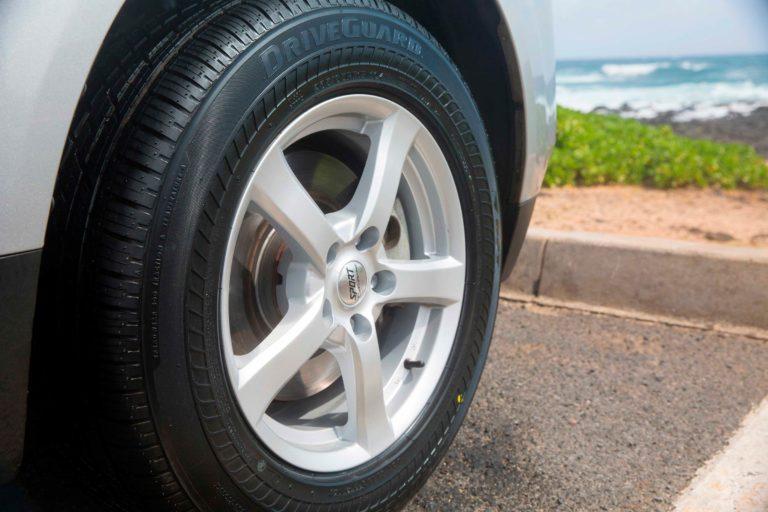
How tires help your car stop
Content
Brakes stop your wheels, but tires are what really stop your car.
When the roads are clean and dry, it's easy to forget about tires. Just like the shoes you wear every day, your tires are not of the utmost importance unless something goes wrong.
If you've ever worn dress shoes on slippery, wet pavement, you know what we mean. The sudden feeling of slippery underfoot makes your shoes a lot less comfortable. But if you swap out those classic shoes for a pair of hiking boots with nice deep tread and non-slip soles, that unsettling slippery feeling goes away.
Just like you need to choose the right shoes for the job - gym trainers, dress shoes for the office, or hiking boots for weather protection - you also need the right tires for your driving conditions. But because tires are much more difficult to change than shoes, traction and stopping power take precedence over looks.
Even though maintaining your braking system is essential to stopping your car, your tires will affect how well you stop. And the stopping power of your tires comes down to two things. First, it is the contact patch, the part that is actually in contact with the ground. Equally important is the condition of the contact patch, or how much tread is left on your tires.
Contact patch: the footprint of your car
Like you, your car has a footprint. Since your car is so much larger than you, you would expect it to have more floor space as well. But it's not. The footprint of your car, also known as the footprint, is no larger than the size of your own soles. Why so small? This way, your tires won't warp with every braking, but will stay round and roll smoothly.
If you're not Fred Flintstone, you're probably wondering: how the hell can such a small speck of rubber keep your car from sliding off the road?
The secret lies in the thoughtful design of your car's tires. Tire manufacturers have been testing and improving tread depth, contact patches and tire materials for decades to ensure maximum stopping power in a wide variety of conditions.
One of the most innovative models is the Michelin Pilot® Sport All-Season 3+™. Its contact patch is finely tuned and made with a special oil-based compound that ensures maximum performance all year round, no matter the weather.
However, even the most ingeniously designed contact patch will not transfer the braking force from your wheels to the road if there is not enough tread on it. Just like slippery shoes on a wet pavement, riding on flat tires takes away your grip. So no matter which tires you choose, you need to keep an eye on how much tread they have left. We check your tread every time your car comes into our workshop for any service, but you can also do a quick check anytime, anywhere.
Coin test: Quarters, not pennies, tell you when to change tires
Abe Lincoln may have been as honest as the politicians, but his image was used to spread bad advice about when to change tires. If you've ever wondered if you need new tires, only to have a friend pull a fresh penny out of your pocket in return, you may have fallen victim to the infamous "penny test".
The idea is sound: use a coin to see if your tire has enough tread to keep you safe. Insert a coin into the tread with Honest Abe's head towards the tire. If you can see the top of his head, it's time for new tires. But there's a big problem with this test: according to tire experts, the 1/16 inch that's between the penny rim and Abe's head just isn't enough.
And the same tire experts just can't lie: they think George Washington is a much better judge of tire condition than Lincoln. Do the same test with a quarter and you'll get a full 1/8 inch between the rim and Washington's head - and you'll have a much better idea if you need new tires.
After all, your tires are critical to how well your car stops when you apply the brakes. Keeping your vehicle's contact patch in good shape is an important step towards maximizing stopping power.
Back to resources